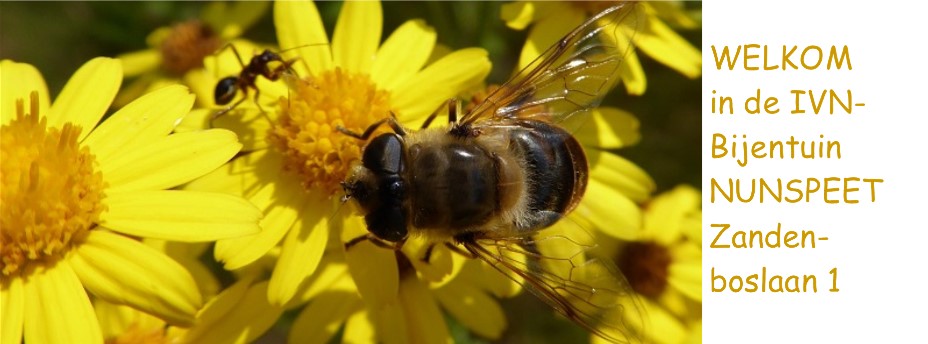Sprinkhanen behoren samen met krekels tot de zgn. rechtvleugelijke insecten (Orthoptera) . De krekel springt minder ver en is ook kleiner.
Met hun verlengde achterpoten kunnen vooral sprinkhanen, grote sprongen maken. Krekels en sabelsprinkhanen, maken tsjirpt geluidjes, door met hun voorvleugels langs elkaar te wrijven. Veldsprinkhanen wrijven de dikke ader van de voorvleugel, langs de ruwe binnenkant van de lange achterpoot. Elke soort van de ongeveer 25 – 36 inheemse sprinkhanen/krekels, heeft zijn eigen zangwijze. Ook de kleur van sprinkhanen, vaak groen, is per soort en per individu, groot. Mannetjes maken meestal de geluiden, maar in de paartijd tsjirpen de vrouwtjes ook. De eitjes worden in koffertjesvorm in de grond gelegd. De larven komen in april uit. Bij elke vervelling gaan ze meer op hun soort lijken.
It is because of the clearly visible pronotum, most likely Bow-winged grasshopper (Chorthippus biguttulus), from the family locusts, which again is seen in the garden.
Locusts belong with crickets to the so-called Orthoptera insects. The cricket jumps not so far and is also smaller.
With their elongated hind legs especially locusts, make great leaps. Crickets and katydids, make sounds by rubbing the front wings. Grasshoppers rubbing the thick vein of the front wing, along the rough inside of the long hind. Every kind of about 25-36 native grasshoppers / crickets, has his own way of singing. The color of locusts, often green, is very different by species and by individual. Males usually make sounds, but in the mating season the females will chirp. The eggs are laid in briefcase form in the ground. The larvae hatch in April. With each molt they go look more like their kind.

Geen opmerkingen:
Een reactie posten